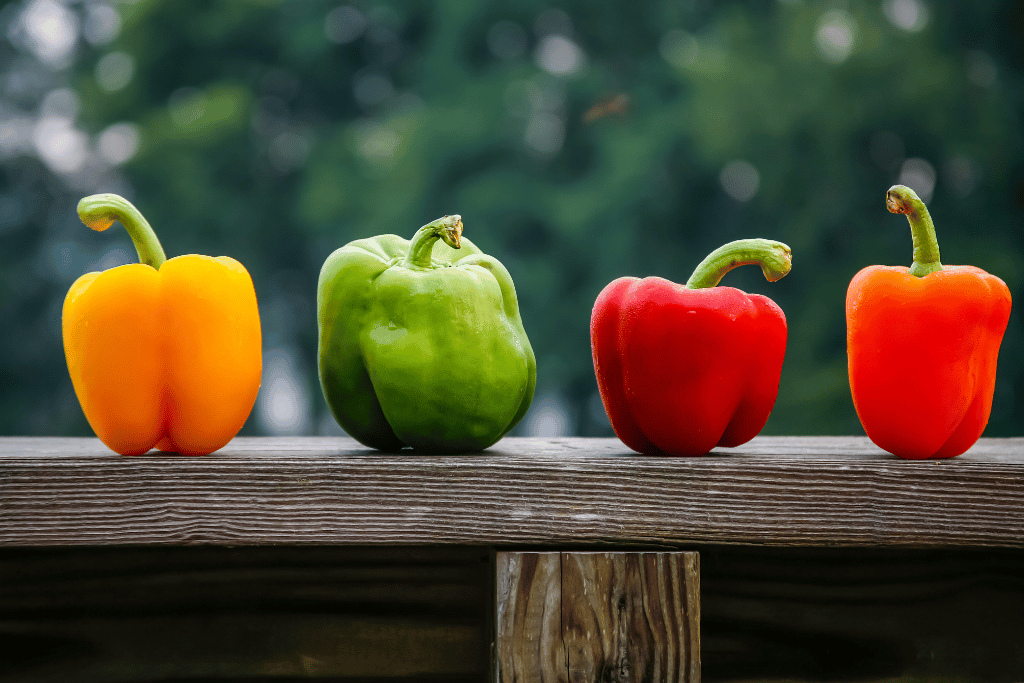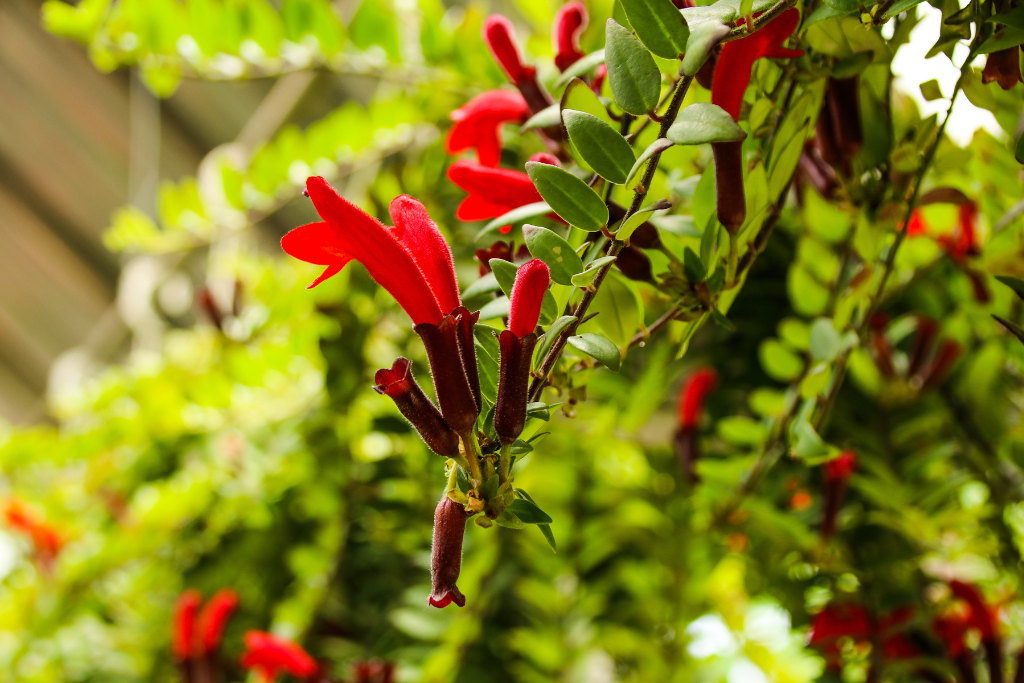
Orchids in the wild! Nature’s gift to us, these wild wonders have taken over 25,000 forms across every continent (except for Antarctica). Defiantly clinging to tree limbs or shyly sprouting atop rocky cliffs, they mesmerize with their intricate blooms and often fragrant aroma. No wonder bees, butterflies, birds, and even bats are drawn to them.
It’s time to embrace the captivating mystery of Orchids and learn more about these remarkable adaptable creatures.
Interesting Information About Orchids in the Wild
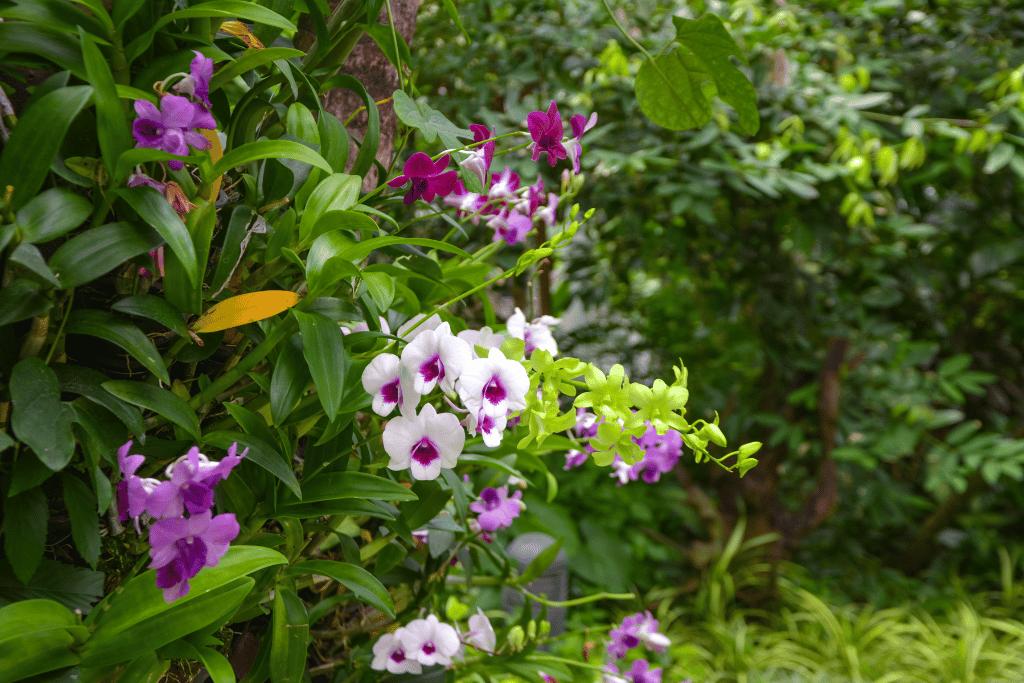
Do orchids grow in the wild? Yes, indeed!
Orchids are not confined to controlled environments. They thrive in the wild, displaying their elegance amidst nature’s splendor. Unlike their cultivated counterparts, wild orchids possess a natural grace, with clusters of vibrant hues peeking through the foliage, inviting us to admire their beauty.
Where do orchids grow in the wild? Exploring their natural habitats
Orchids can be found in various habitats, from rainforests to meadows and even rocky cliffs. They are masters of adaptation, seizing every opportunity nature presents. Their resilience allows them to flourish in diverse conditions, captivating us with their delicate blooms in unexpected places.
How do orchids grow in the wild? Unraveling nature’s secrets
Orchids have fascinating growth patterns in the wild. Many orchids rely on specific pollinators for reproduction, developing intricate strategies to attract and reward them. Their growth habits vary greatly, with some orchids thriving as epiphytes, clinging to trees, while others root themselves in the ground. Each species has its own remarkable story of survival and growth.
Orchids in the Wild: An Overview
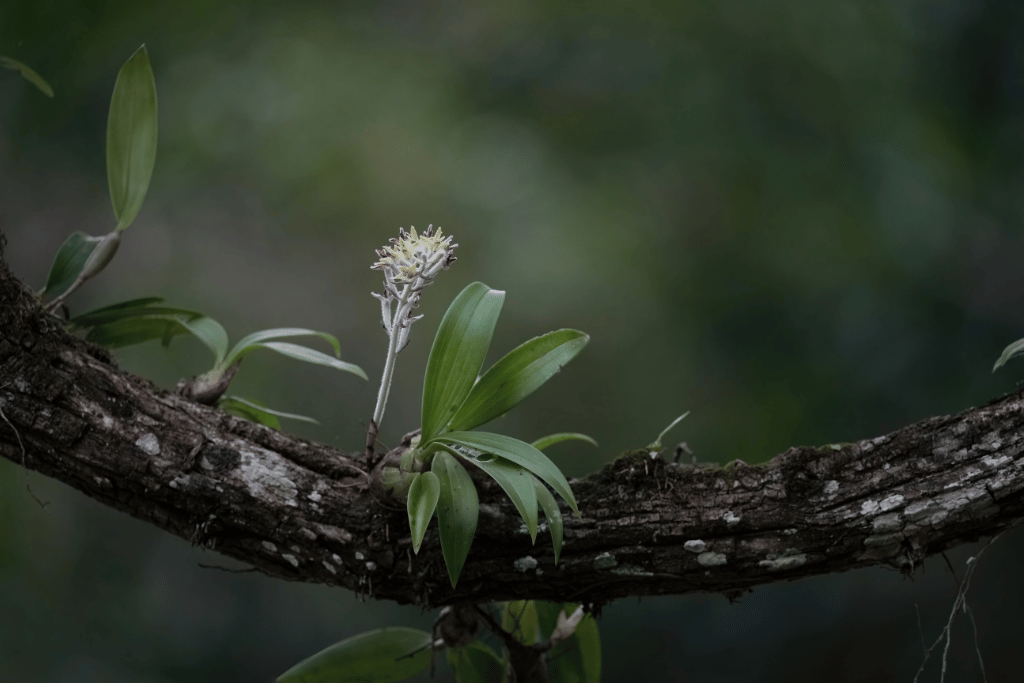
Let’s talk about the distribution, habitats, and factors affecting an Orchid’s growth and survival. While many of us know about cultivated orchids, wild orchids offer a world of beauty and wonder.
Distribution of wild orchids around the world
Orchids are everywhere! From tropical rainforests and temperate forests, to even ar deserts – these resilient plants can in almost any environment. Their adaptability has made them a global favorite, except for one place: Antarctica. Who knows what would happen if they were to make their way down there? Until then, it looks like the world will continue to be dazzled by these majestic flowers.
- Tropical regions: Orchids are all over the tropics, blessin’ Southeast Asia, Central and South America, and Africa with their floral gifts. They love it hot and humid in the rainforest shade – just how they like it.
- Temperate regions: When it comes to orchids, you might not think of North America, Europe, or Asia as blooming hot spots. But believe it or not, these temperate climates are just right for some species to really show off their stuff! With the filtered sunlight providing just enough protection, these delicate flowers can flourish in all their glory. It’s time to get started with commanding your orchid-growing adventure.
- Arid and alpine regions: Don’t let their delicate beauty fool you – orchids can be as tough as nails. In Australia, they can survive the blistering heat and lack of water. And in places like alpine regions, these flowers will still manage to bloom amidst all that snow – now that’s resilience.
Habitat and Ecosystems Where Orchids Thrive
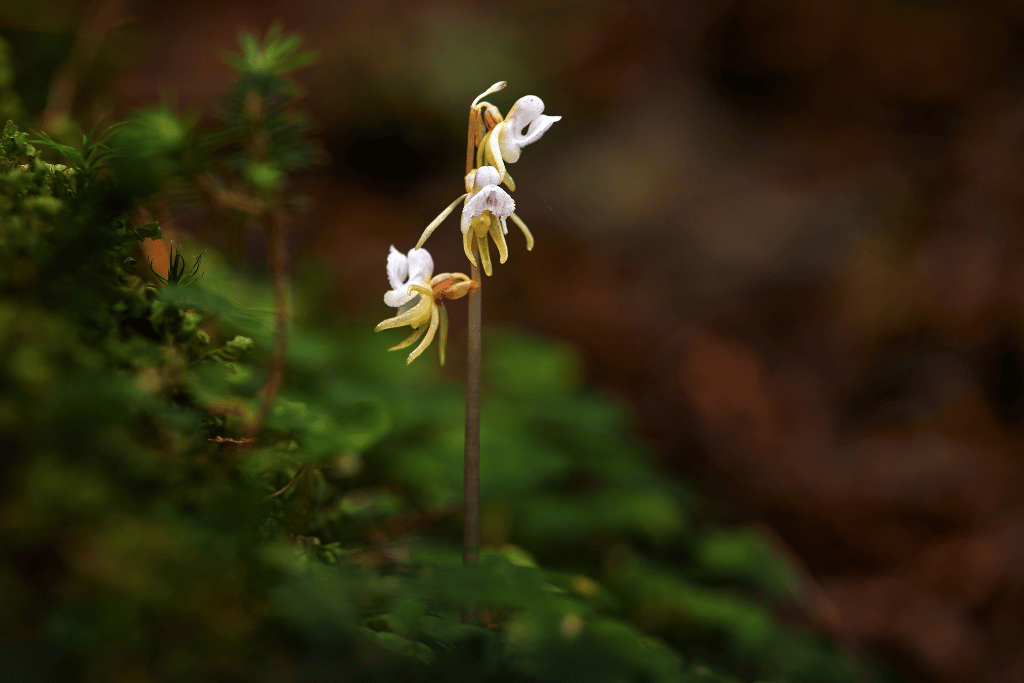
Orchids, with their diverse species, have a wide range of habitat preferences. Understanding these preferences is key to appreciating the beauty of wild orchids and their ecological significance. Here are some of the ecosystems where orchids thrive:
- Rainforests: Heading to the rainforest for orchids? You’ll want to grab a map, cuz these delicate blooms don’t grow just anywhere. The towering trees, crazy humidity and lush vegetation provide the perfect environment for them to thrive. And you’re likely to find ’em clinging onto tree trunks or branches, getting all the nourishment they need from the air. It’s a place like no other! Let the wild adventure begin.
- Meadows and grasslands: Although we usually think of orchids in relation to forests, don’t forget about meadows and grasslands too! Orchids that are found here have adapted to a life with plenty of sunlight, their bright blooms standing out even more against the grassy background. Some of the most well-known species of orchids here are Lady’s Slipper orchids (Cypripedium spp.) in America and Europe.
- Coastal environments: Even coastal ecosystems can provide a home for these beautiful plants! Orchids that grow on coasts must be sturdy enough to withstand the salty winds and saline environment. They can be found flourishing in dunes, cliffs and even mangrove forests, adding a touch of beauty to these otherwise harsh locations.
Factors Influencing the Growth and Survival of Wild Orchids
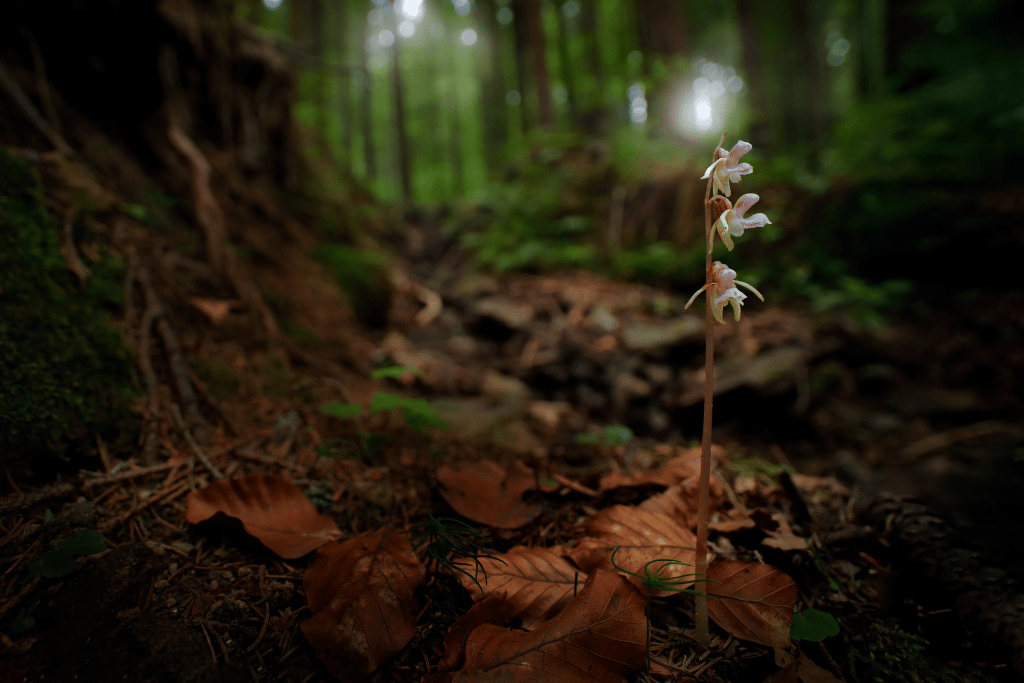
Orchids growing in the wild face a variety of challenges that influence their growth and survival. These factors play a crucial role in shaping the distribution and abundance of orchid populations. Here are some key influences on wild orchids:
- Habitat loss and fragmentation: As human activities continue to encroach upon natural habitats, orchids are often the victims of habitat loss and fragmentation. Deforestation, urbanization, and agricultural expansion threaten the ecosystems where wild orchids thrive. The destruction of their natural habitats disrupts the delicate balance of environmental conditions necessary for their growth and survival.
- Pollinator dependence: Orchids and their pollinators were made for each other. Without their special bond, orchids won’t be able to reproduce. That’s why it’s so important to keep both of them safe in their natural habitats. Otherwise we risk losing these florally fabulous plants forever.
- Climate change: Climate change is a pesky thorn that wild orchids just can’t seem to shake off. Rainfall patterns and extreme weather events have thrown these delicate blooms into disarray – upsetting the balance they need to thrive. For some species, their habitats are changing too quickly for them to adjust, making it all but impossible to survive.
- Illegal trade and collection: The allure of wild orchids has unfortunately led to illegal trade and collection, particularly in regions with high orchid diversity. Orchid poaching not only decimates wild populations but also disrupts the delicate ecological balance of their habitats. Efforts to combat illegal trade and raise awareness about the importance of conservation are crucial for their protection.
- Conservation efforts: Recognizing the value and significance of wild orchids, numerous conservation initiatives are underway worldwide. These efforts aim to protect orchid habitats, restore degraded ecosystems, and raise public awareness about the importance of preserving these delicate flowers in their natural environments.
Orchid Species to Know About
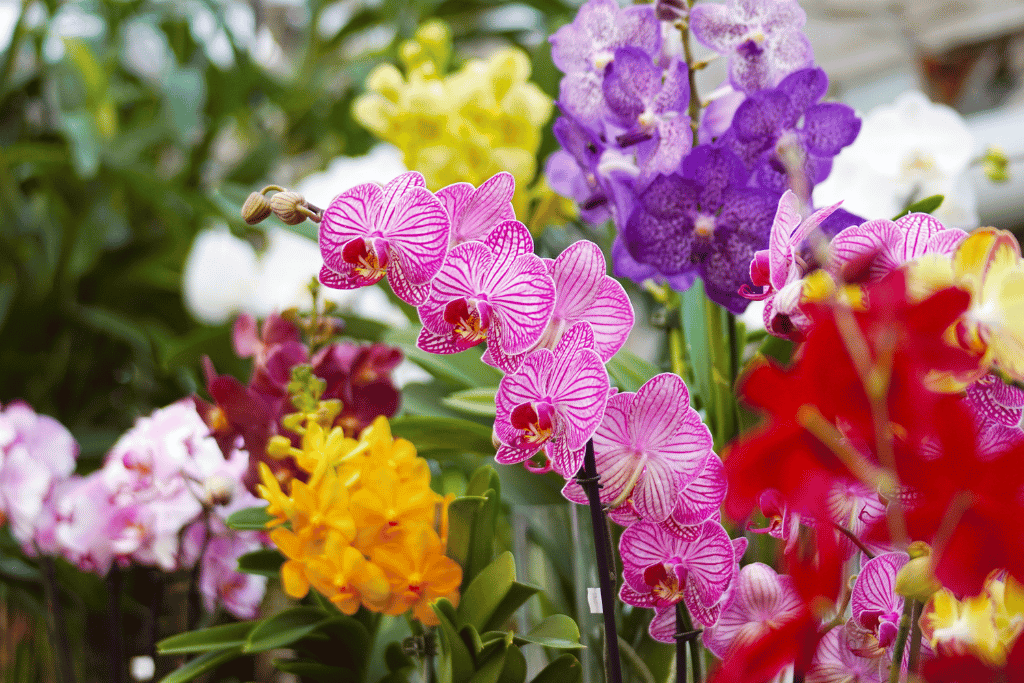
Rainforest orchids in the wild: Jewels of nature’s canopy
Rainforests, with their lush foliage and humid air, serve as perfect havens for a myriad of orchid species. The rainforest orchids, like sparkling gems, adorn the towering trees, adding a touch of enchantment to the green tapestry. These resilient blooms find their foothold on branches and trunks, embracing a life as epiphytes.
In the midst of the rainforest’s symphony, rainforest orchids steal the show with their vivid colors and intricate shapes. Their blooms, like delicate dancers suspended in mid-air, captivate our senses and ignite our imagination. With their undeniable allure, rainforest orchids remind us of nature’s boundless creativity and the magic that unfolds in the wild.
Phalaenopsis orchids, better known as moth orchids, a choice pick for any tropical home originating in Southeast Asia, these plants can be found planted on trees and rocks in countries like Indonesia, Malaysia, and the Philippines. Don’t let their delicate petals fool you – Phalaenopsis orchids are tough, living as epiphytes without the need for soil or extra nourishment. So if you’re looking to give your home a touch of exotic beauty, these plants just might be the perfect pick.
Here’s a general overview of how do Phalaenopsis orchids grow in the wild:
Habitat: Phalaenopsis orchids prefer growing in humid environments, often found in lowland rainforests or mountainous areas with high levels of rainfall and diffused sunlight.
Epiphytic growth: Phalaenopsis orchids attach themselves to tree trunks or rocks using their roots. However, they do not rely on these surfaces for nutrients. Instead, their roots absorb moisture and nutrients from the air and organic matter that accumulates around them.
Air roots: Phalaenopsis orchids sport impressive aerial roots, which are integral for the plant’s growth. These soft and spongy skinned extremities come equipped with an ultra-absorbent layer called velamen that helps draw in moisture from the air.
Leaf growth: Phalaenopsis orchids have strong, leathery leaves that come in a variety of unique patterns. These foliage form into an eye-catching crown atop the plant.
Flowering: Phalaenopsis orchids are famous for their stunning and long-lived blossoms, which typically arrive once a year during spring or summertime. From white to pink to lavender, the petals come in a plethora of stunning colors.
Pollination: For these beauties to thrive, moths and other insects must be enlisted for pollination as they are attracted by nectar and unique structures on the flowers that make it easier for them to land and transfer pollen from one flower to another.
Adaptations: The phalaenopsis orchids have figured out a few tricks to help them thrive in their environment! They can store water in both their leaves and pseudobulbs (which is fancy talk for swollen stems). Plus, they’ve got ultra-absorbent roots that make sure they stay hydrated. Pretty awesome, right?


